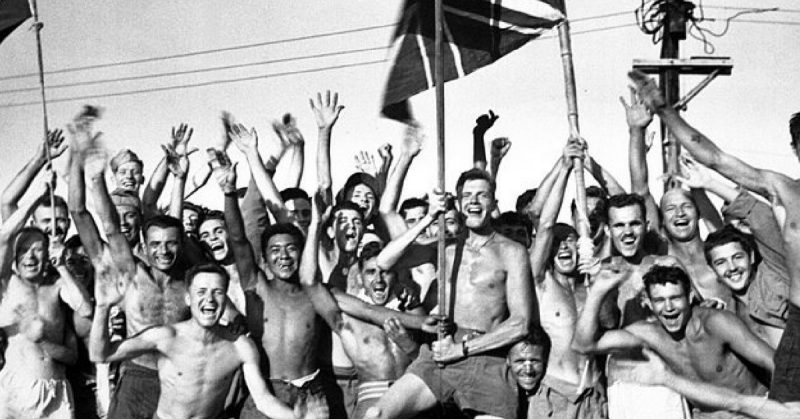War History Online proudly presents this Guest Piece from Jennifer Grant who writes on behalf of American Flags
The United States has sent millions of people to fight in thousands of places, both around the world and within its borders. Of these millions, 1.3 million died while serving. Half of these deaths occurred during combat, while disease and accident caused the rest.
Death is not, however, the only risk faced on the battlefield. Over 568,000 Americans have been held as prisoners of war, including 408,000 during the Civil War. The next largest group were the POWs held during World War II—124,000 in both the European and Pacific theaters.
In World War II and subsequent wars, the American flag has been a symbol of hope (and defiance) for the men and women held captive by enemy nations.
Aomori Prison Camp
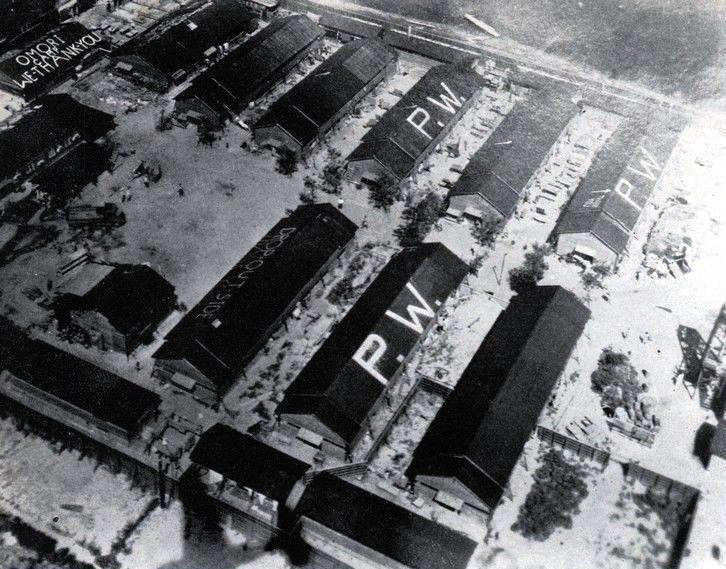
Japanese treatment of the POWs they held was brutal. Denny Landrum, a sailor on the submarine Grenadier, was captured in April 1943 after the submarine was damaged by an air attack. Held first in Malaysia, Landrum ended up spending time in two different camps in Japan. He was held in Omori camp from late 1943 until being liberated in 1945.
Landrum was brutally beaten and tortured. He and his closest friends in the camp knew their best way of staying sane and focused was to win small victories over the Japanese. Even though they risked punishment or even death, the rewards far outweighed the risk.
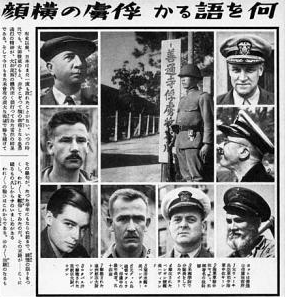
Landrum and others made a flag using a sheet as the base. They took undistributed Red Cross supplies for the flag and sewed and colored it one small bit at a time. British and Dutch POWs were making flags of their own, and Landrum used an extra sheet to ensure the U.S. flag would be the biggest.
When Omori camp was liberated, the freed POWs proudly and jubilantly waved all three flags. In the picture of the celebration, Landrum holds the flag high, with his leg out to “make sure no one stood in front of the flag.”
Every Camp Had a Flag
Omori was not the only POW camp where prisoners made flags. During the liberation of the camps in Japan, many POWs made flags. Most of the material came from the parachutes used to drop supplies to the POWs after the Japanese surrender.
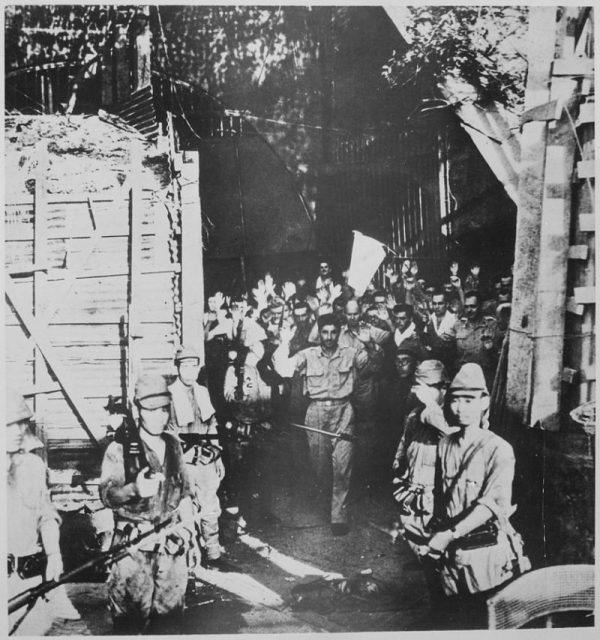
Some, however, were there throughout the period of captivity. Otto Erler was captured on Corregidor in 1942. While being transported, he found an abandoned flag and stowed it in his duffel bag. During the sea voyage, he was able, with permission, to use it during the burials at sea of several other POWs.
Taken from him in one camp, he got it back when he was sent to work in a lead mine in early 1944. He was permitted to use it for burials only. When the Allied soldiers liberated him and the other POWs, however, he proudly raised the flag over the camp.
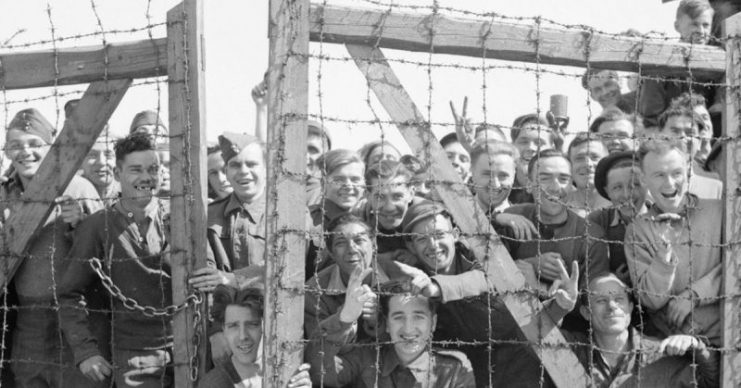
Flag and Song
In the Nagoya #5 camp, former POW Carl Nordin recalled getting permission for his fellow POWs and himself to put on musical programs. The only condition placed on the programs was the requirement that the camp staff should preview the program before the performance. Each program ended with the singing of “God Bless America.” The Japanese would not watch the main performance.
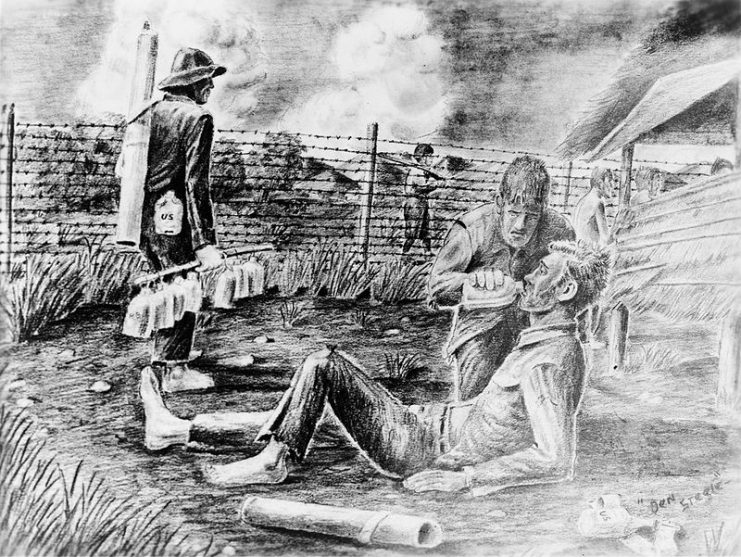
After several months of these programs, two of the POWs pulled out an American flag they had hidden. The flag had bullet holes in it and had been with them during their entire captivity. The singing of “God Bless America” was apparently especially powerful that day.
Stars of Hope and Old Glory
One powerful example of the flag’s importance came from one of the POWs captured on Bataan. After his capture and imprisonment at Camp O’Donnell, J. S. Gray was transferred to a camp in Davao, in the southern Philippines. He and his comrades were ordered to burn an American flag but managed to cut out the 48 stars before they did.
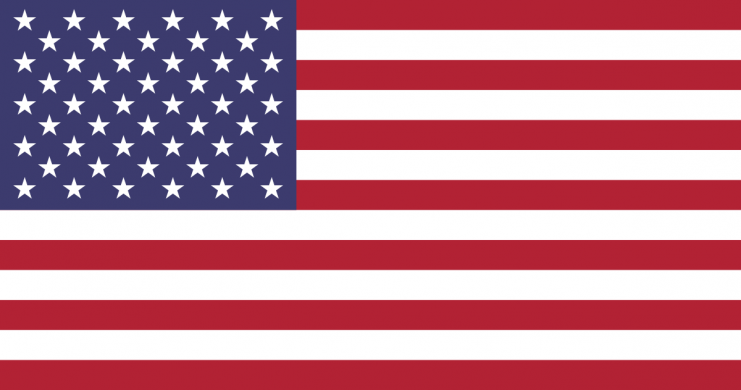
Two years later, the prisoners were transported to Japan on one of the “hell ships,” where they were forced to work in the factories. When they received word of the Japanese surrender, they marked their camp as a POW camp.
American planes soon dropped supplies by parachute—red, white, and blue parachutes. They decided to make a flag, and brought the stars out—all 48 had made it through the war. They raised the flag over the Toyama camp and helped those weakened by malnutrition and abuse to salute it. A similar flag is on display at the National Museum of the Pacific War, in Fredericksburg, Texas.
The Flag in Germany
One flag which also saw burial duty was owned by Robert Hopkins. Hopkins, then an Army chaplain, was captured during the Battle of the Bulge in December 1944. He presided over the burial of 700 American soldiers, many of them shot for no reason by German guards.
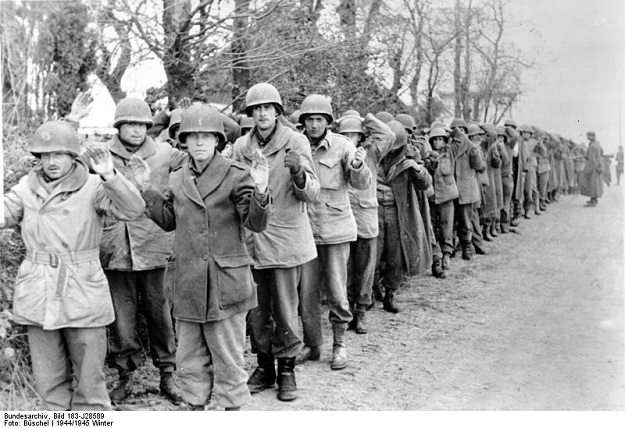
The flag was made from sugar bags, stolen by British POWs in the camp. The red dye for the stripes was mixed in part with blood. The burial was photographed, but POWs stole the photographs. Two British soldiers who had stood guard at the burial were shot in retaliation.
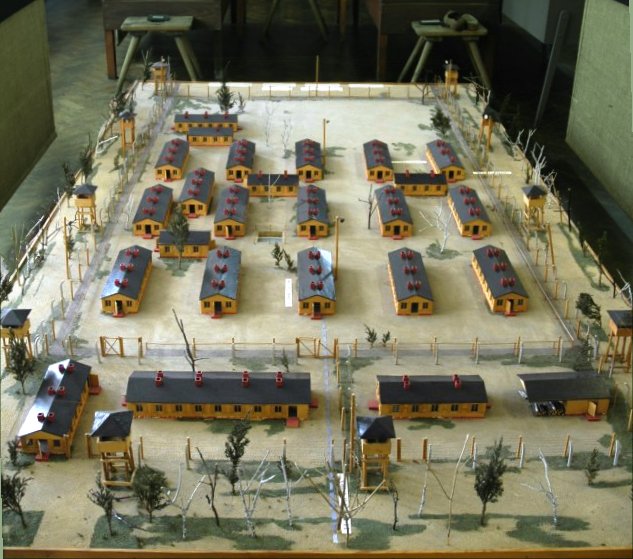
Hopkins kept the flag with him throughout his captivity, and into the post-war years. He died after donating the flag to the 2nd Infantry Division Museum. The museum, at the family’s request, lent them the flag to be used at Hopkins’ funeral in 2004.
Vietnam
One story out of the Vietnam War was related by Sen. John McCain. A fellow POW, Mike Christian, sewed a flag on the inside of his shirt. Daily, he and his fellow captives would hang the shirt on the wall and recite the Pledge of Allegiance.
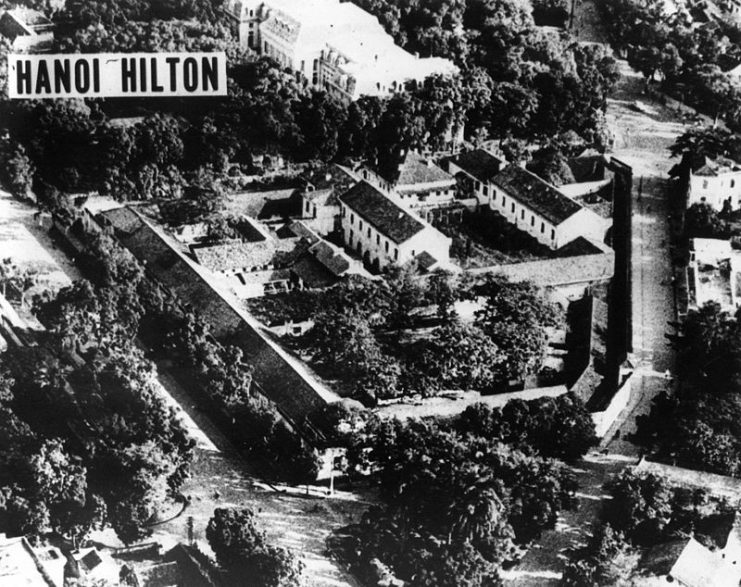
One day, a North Vietnamese guard discovered the flag. Christian was severely beaten for several hours. That evening, however, Christian began making another flag, even before the injuries caused by the beating had begun to heal.
Conclusion
Soldiers around the world place immense importance on their unit and national flags. They become, in many ways, part of their identity. Civil War regiments fought to defend their regimental flags, and the American flags they carried also were a source of pride and courage.
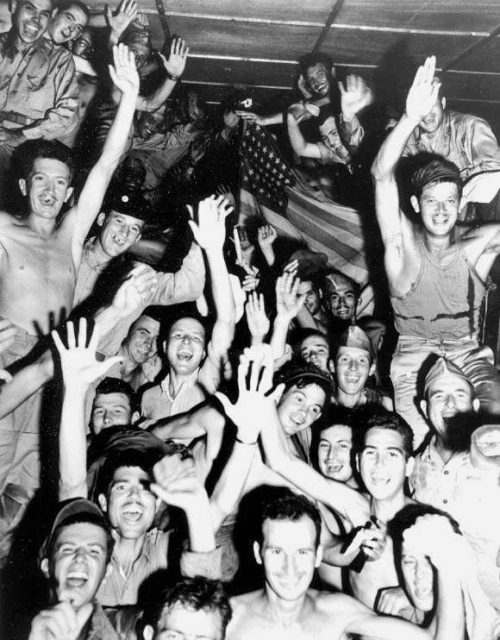
A POW may only be able to visualize the flag in his mind’s eye. A brave and clever few can make or hide a flag for the comfort and support of their comrades. Its presence alone is a violation of the rules and can bring with it severe punishment or death, but that risk pales in the face of the strength and determination the flag brings in captivity.
